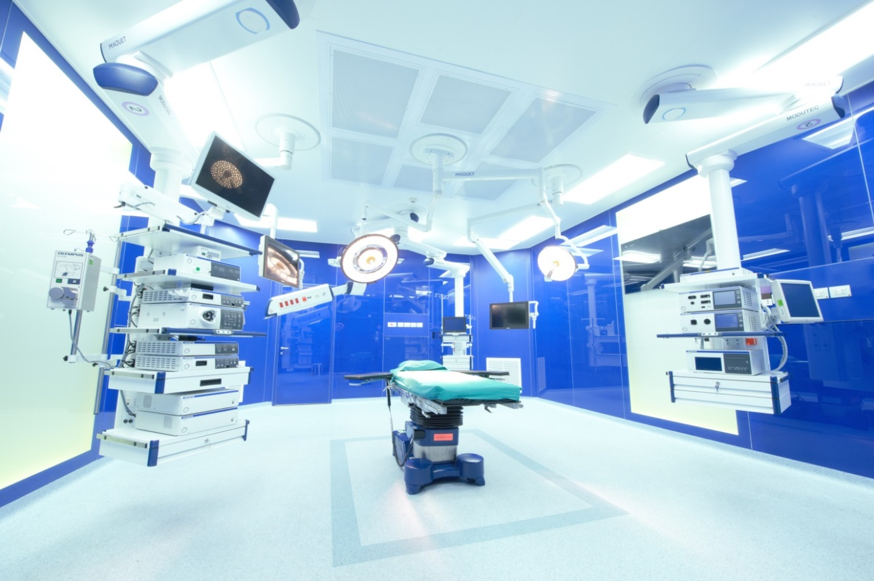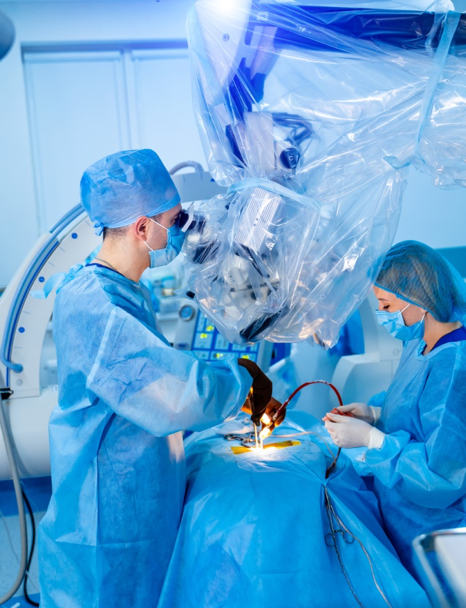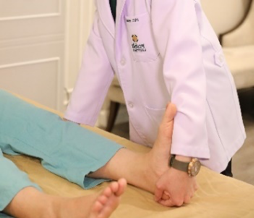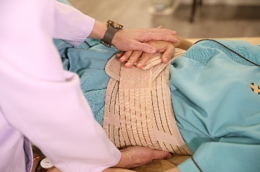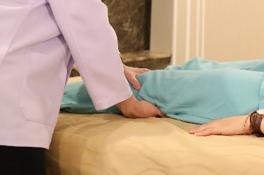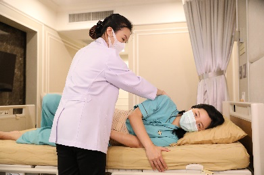It is an undeniable fact that most patients’ greatest fear when considering spine surgery is the pain that may follow such a procedure. The way this pain is managed is almost as important as the surgery itself. Effective pain management can help patients get through the vital initial phase of their recovery, enabling them to pass smoothly into the rehabilitation phase. Rehabilitation after spine surgery involves physiotherapy and restoring independence to the patient, including sitting, standing, and walking without support. Moving to this stage quickly and smoothly can significantly improve the patient’s quality of life.
Doctors tend to manage pain in spine surgery patients with opioids, such as morphine, which are wide ranging and offer extremely effective results. However, the use of these drugs in isolation can lead to several unwanted side effects, including nausea and vomiting, drowsiness, and dizziness. All of this can inhibit recovery and lengthen the time to restore full function to the back.
Fortunately, there is now a post-surgery pain management technique known as multimodal analgesia. This technique utilizes a combination of drugs, each with its own unique role, to ensure both effective pain management and a reduction in the potential side effects resulting from the overuse of a single drug. The technique involves the administration of opioids via a PCA (patient-controlled analgesia) device alongside intravenous administration of other types of pain relief drugs (for example paracetamol, NSAIDs, and coxibs). The administration of opioids via PCA means patients can press a button to immediately increase their dosage as required, although the maximum daily dosage is carefully monitored by their anesthesiologist. Patients responsible for their own pain management feel more capable of contributing to their recovery, and the technique reduces the pain they experience as other drugs are being prepared.
In addition to the medications mentioned above, the combination of drugs used to manage pain may be supplemented by other medications that may only be administered under the supervision of specialists. These medications include fascial plane blocks and peripheral nerve blocks, which involve injections directly into the fascia level of muscle that has been operated on in order to ensure the medication reaches the nerves located in that region.
The selection of drugs and techniques used to supplement treatment following surgery depends entirely on the pain levels experienced by the patient, the location of their surgery, and the method used to perform the procedure. The process is aimed at decreasing recovery times, restoring health and independence, and allowing the patient to return home as quickly as possible.
Usanee Sermdamrongsak, M.D.


